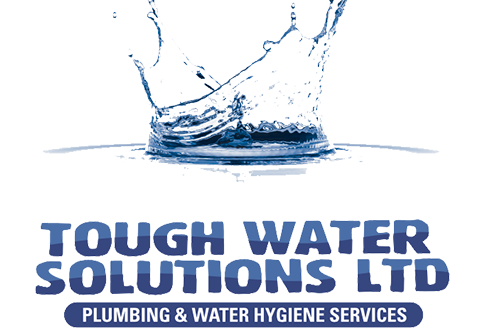Chlorination is the most popular method of disinfection and is now used to treat water all over the world. Chlorination is a method that uses Chlorine and substances containing Chlorine, for the disinfection of a potable water source. Chlorine contains a powerful germicidal action which eliminates bacteria, slime, mold, and algae, in water pipes, to prevent the spread of waterborne diseases.
When installing any new plumbing in commercial buildings, pipes and distribution systems should be sanitized to kill bacteria. Disinfecting potable water piping is important when new water plumbing is first put online, or if repairs or services have been performed to the system.
Excessive microbial growth along the walls of drinking water distribution pipes can result in major health concerns.
This method was first used over a century ago and is still being used today, in order to ensure we are safe whilst using and drinking water.











